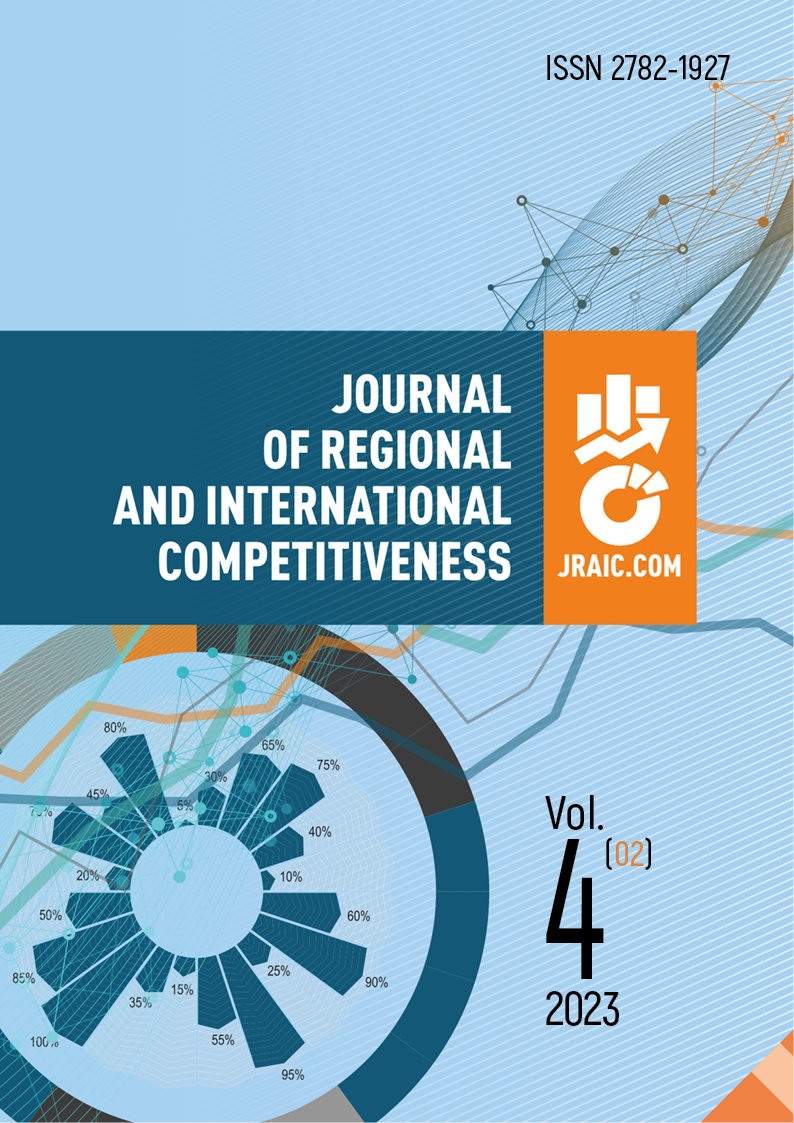Yaroslavl, Yaroslavl, Russian Federation
The economic state of developing countries and their problems directly affect the vast majority of humanity. This subsystem includes all Asian countries, except Japan, South Korea, Taiwan, Singapore and Israel, all African countries, excluding South Africa, as well as Latin American countries. They are characterized by an extremely variegated appearance, different conditions and levels of social and economic development. At the same time, there are a number of characteristics that unite developing countries into a special group of states. One of the most important criteria for identifying developing countries as a separate world subsystem is their similar economic problems, in particular, underdevelopment, backwardness and massive poverty of the population. The relevance of this topic is determined by the fact that currently the problem of poverty in developing countries has become global in nature and is one of the main problems of humanity. Large scales of poverty in developing countries pose a serious danger not only to national but also to global sustainable development. Social tension generated by backwardness and poverty multiplies conflicts in the developing world and increases the danger of international terrorism. The purpose of the work is to study the essence of the problem of poverty in developing countries and find optimal ways to overcome it.
ECONOMIC STATE, DEVELOPING COUNTRIES, POVERTY, SUSTAINABLE DEVELOPMENT, BACKWARDNESS
1. Bulatova, A.S. (2011). World economy and international economic relations: textbook. - Ed. with updates / prof. A.S. Bulatov, prof. N.N. Liventsev, eds. - M.: Master: INFRA-M (in Russian).
2. Globalization of the world economy (2021). Retrieved from http://www.webeconomy.ru/index.php?page=cat&cat=mcat&mcat=189&type=news&mm_menu=58&newsid=945 (accessed 12.05.2023) (in Russian).
3. Ivanov, N. & Goffe, G. (2010). Globalization and poverty. World economy and international relations, 9, 29-43 (in Russian).
4. Kozak, Yu.G. & Lebedeva, S.N. (2011). Economy foreign countries: studies. Allowance. Minsk: Higher School (in Russian).
5. Lomakin, V.K. (2010). World economy: a textbook for university students studying economic specialties and areas. M.: UNITY-DANA (in Russian).
6. Shkvarya, L.V. (2011). World economy. Course of lectures: textbook. Manual for university students studying economics. M.: UNITY-DANA (in Russian).
7. United Nations Human Settlements Programme (UN-Habitat) (2010). Annual Report 2010. Nairobi: UNON, Publishing Services Section. Retrieved from https://unhabitat.org/sites/default/files/downloadmanager-files/Annual%20Report%202010.pdf (accessed 12.05.2023)
8. World Bank (2020). World Development Indicators 2020. Poverty. Retrieved from http://data.worldbank.org/topic/poverty (accessed 12.05.2023)
9. World Bank (2022). World Development Indicators. Literacy rate, youth total (% of people ages 1524). Retrieved from http://data.worldbank.org/indicator/SE.ADT.1524.LT.ZS/countries/1W? display=map (accessed 12.05.2023)




















